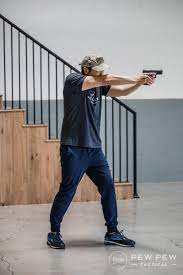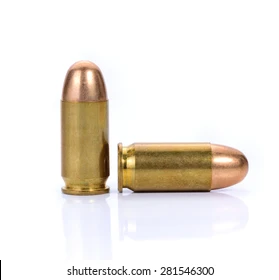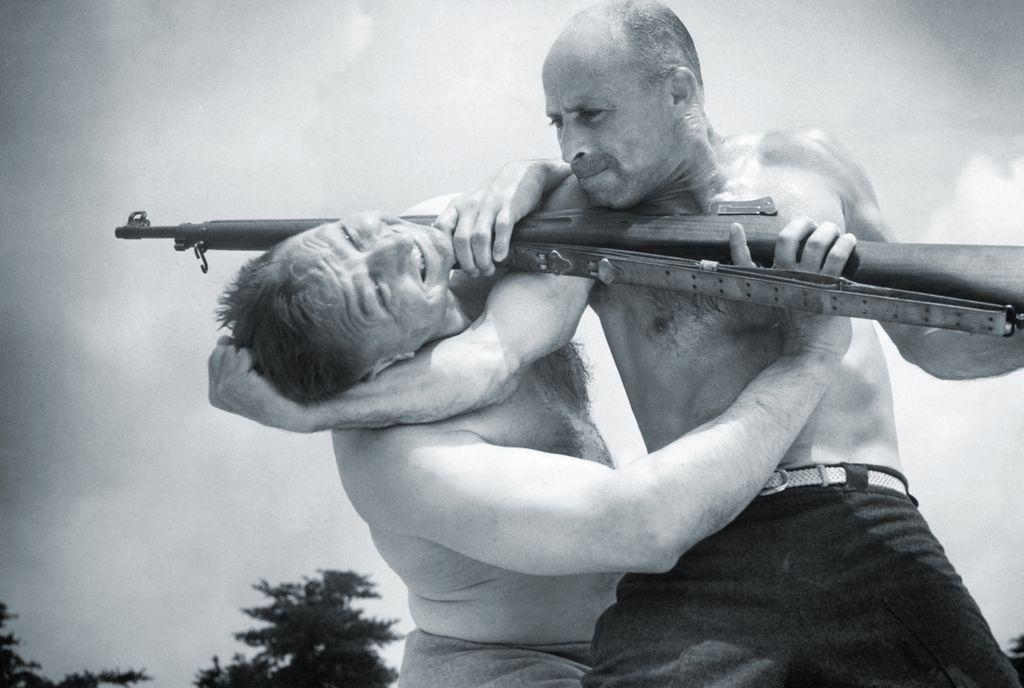The Frankfurt School, also known as the Institute for Social Research, was a group of scholars, intellectuals, and political activists based in Frankfurt, Germany, in the early 20th century. The group was founded in 1923 by Carl Grünberg, a Marxist legal scholar and philosopher, and was initially affiliated with the University of Frankfurt. The Frankfurt School was a multidisciplinary research institute focused on critical theory, a philosophical approach that seeks to understand and critique society, culture, and politics.
The origins of the Frankfurt School can be traced back to the aftermath of World War I, when there was a sense of disillusionment and crisis in Europe. Many intellectuals and scholars sought new ways to understand and address the social and political problems that had led to the war. The Frankfurt School emerged as a response to this crisis, and its members were committed to developing a new form of social and political analysis that would be more attuned to the complexities of modern society.
One of the key figures in the Frankfurt School was Max Horkheimer, who became the institute's director in 1930. Horkheimer was interested in exploring how society was shaped by the forces of capitalism, imperialism, and totalitarianism. He and other members of the Frankfurt School believed that these forces were leading to the suppression of individual freedom and the erosion of social justice.
The Frankfurt School significantly influenced American institutions and culture in the 20th century. Many members, including Horkheimer, fled Nazi persecution in the 1930s and emigrated to the United States. They brought with them the ideas and approaches of the Frankfurt School, which were influential in developing critical race theory in the United States.
The Frankfurt School's ideas profoundly impacted several fields, including sociology, philosophy, cultural studies, and political science. They also influenced the New Left movement in the United States, which sought to challenge the time's dominant political and cultural forces.
In conclusion, the Frankfurt School was a group of scholars, intellectuals, and activists based in Frankfurt, Germany, in the early 20th century. Its members were committed to developing a new form of social and political analysis that would be more attuned to the complexities of modern society. The ideas of the Frankfurt School significantly influenced American institutions and culture in the 20th century and continue to be influential in many fields today with Europe's brand of Marxist Ideology.



























